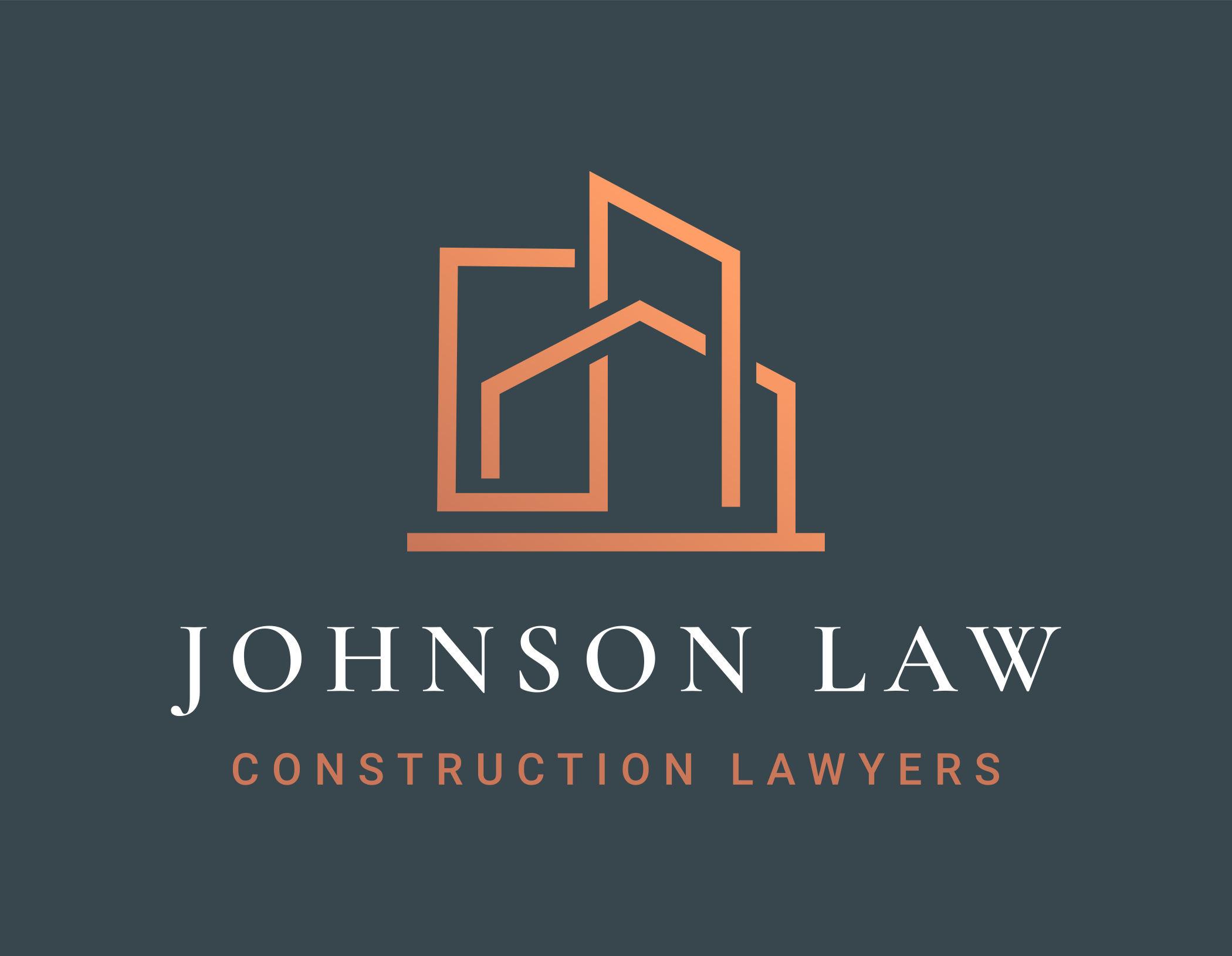In a recent case before the Colorado Court of Appeals, Heights Healthcare Company, LLC (Heights Healthcare), the owner of a senior living community, filed a lawsuit against BCER Engineering, Inc. (BCER), an engineering consultant, alleging breach of contract under the Construction Defect Action Reform Act (CDARA). Heights Healthcare Co., LLC v. BCER Eng’g, Inc., 2023 COA 44. The case hinged on a critical zoning-related factor: whether a limitation of liability provision in their contract was valid and enforceable under the Homeowner Protection Act (HPA). Here’s a summary:
Background:
Heights Healthcare engaged BCER to provide mechanical and electrical consulting services for the installation of air conditioning units in its senior living facility. The contract featured a clause limiting BCER’s liability to the total fee for services rendered, which amounted to $22,500.
However, the pivotal question was whether the senior living community’s zoning status affected the enforceability of this limitation clause.
Zoning Matters:
The heart of the matter revolved around zoning. The City of Longmont initially zoned the land on which the senior living community stood as “C commercial.” Subsequently, it was rezoned as a “mixed-use corridor,” a zoning classification that included both residential and non-residential uses.
Crucially, even after the rezoning, “residential” uses were permitted within this mixed-use corridor, encompassing multi-family dwellings, single-family attached units, group care facilities, independent living, and more. Despite the change in zoning designation, individuals continued to reside on the property, emphasizing its residential nature.
Court Ruling:
Drawing upon the precedent set in Broomfield Senior Living Owner, LLC v. R.G. Brinkmann Co., the Court concluded that the senior living community, located within a mixed-use corridor, qualified as “residential property” protected by the HPA. The zoning and actual use aligned, highlighting that the senior living facility was indeed residential in nature.
Therefore, the Court reversed the trial court’s decision, which had upheld the limitation of liability clause, since the senior living community was, in fact, residential property. This ruling underscores the significance of zoning classifications in the legal landscape, particularly concerning liability provisions in contracts.
Outcome:
In summary, this case underscores the critical interplay between zoning regulations and legal protections, shedding light on how zoning can influence the enforceability of contractual clauses in the context of construction and residential property. The Court’s decision emphasizes the need for careful consideration of zoning factors and the Homeowner Protection Act of 2007 when drafting and interpreting contracts in similar scenarios.
